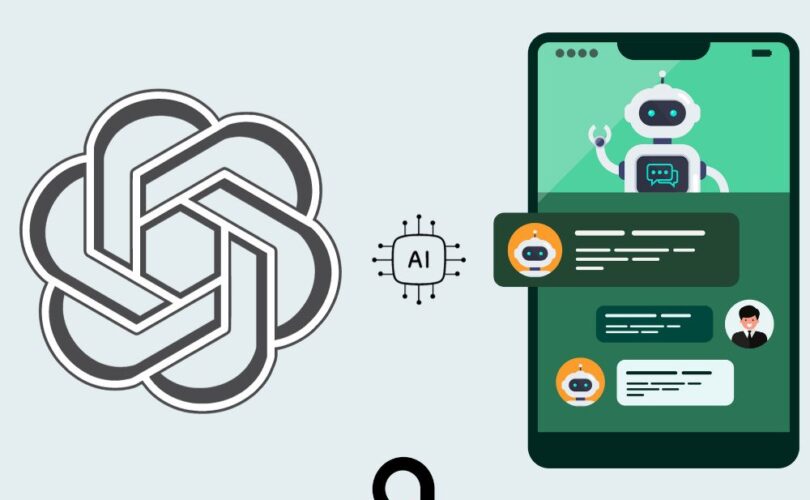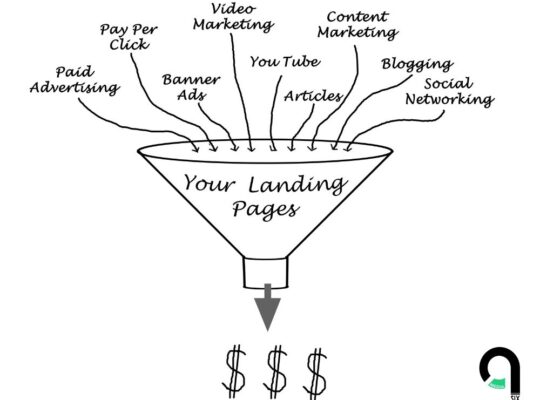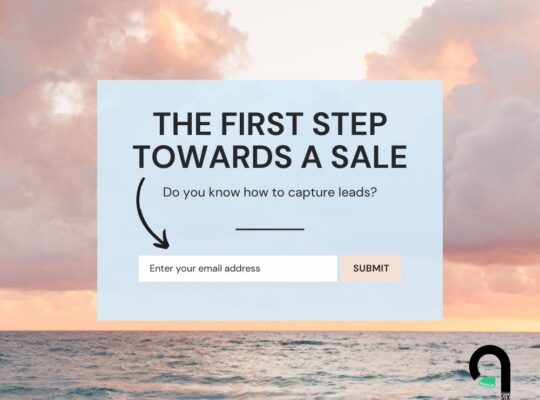Before we get started, you might be wondering…
What is a GPT?
GPTs are custom versions of ChatGPT that users can tailor for specific tasks or topics by combining instructions, knowledge, and capabilities. They can be as simple or as complex as needed, addressing anything from language learning to technical support.
NOTE: In order to create your first GPT, you must have a Premium Account

Here’s how to create a GPT:
- Head to https://chat.openai.com/gpts/editor (or select your name and then “My GPTs”)
- Select “Create a GPT”
- In the Create tab, you can message the GPT Builder to help you build a new GPT. You can say something like, “Make a creative who helps generate visuals for new products” or “Make a software engineer who helps format my code.”
- To name and set the description of your GPT, head to the Configure tab. Here, you will also be able to select the actions you would like your GPT to take, like browsing the web or creating images.
- When you’re ready to publish your GPT, select “Publish” and share it with other people if you’d like.
Now you’ve created a GPT!

Advanced Settings
In the GPT Editor, you can configure more detailed settings for your GPT.
At the top, there are two tabs labeled Create and Configure. Create allows you to message the GPT Builder to help you build a new GPT. If you would like to provide more detailed instructions, you can set them in the Configure tab.
Settings in the Configure tab:
Adding an image: You can ask the GPT Builder to create an image for your GPT or you can upload your own under the Configure tab.

Additional Instructions: Here you can provide detailed instructions or guidelines on how the GPT should behave, its functionalities, and any particular behaviors to avoid.
Prompt Starters: These are examples of prompts for the user to start the conversation.
Knowledge: This allows you to provide additional context for your GPT to reference. Please note that content from the files that are uploaded could be included in the output.

New Capabilities: Enabling Web Browsing, DALL·E Image Generation, and Advanced Data Analysis, will allow the GPT to perform additional functionality.
Custom Actions: You can make third-party APIs available to your GPT by providing details about the endpoints, parameters, and a description about how the model should use it. Actions for GPTs can also be imported from an OpenAPI schema. So if you’ve already built a plugin, you will be able to use your existing plugin manifests to define actions for your GPT.
Finally, it’s time to put your GPT to work:








